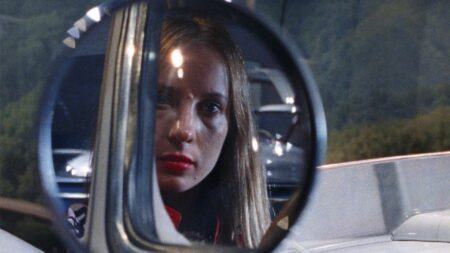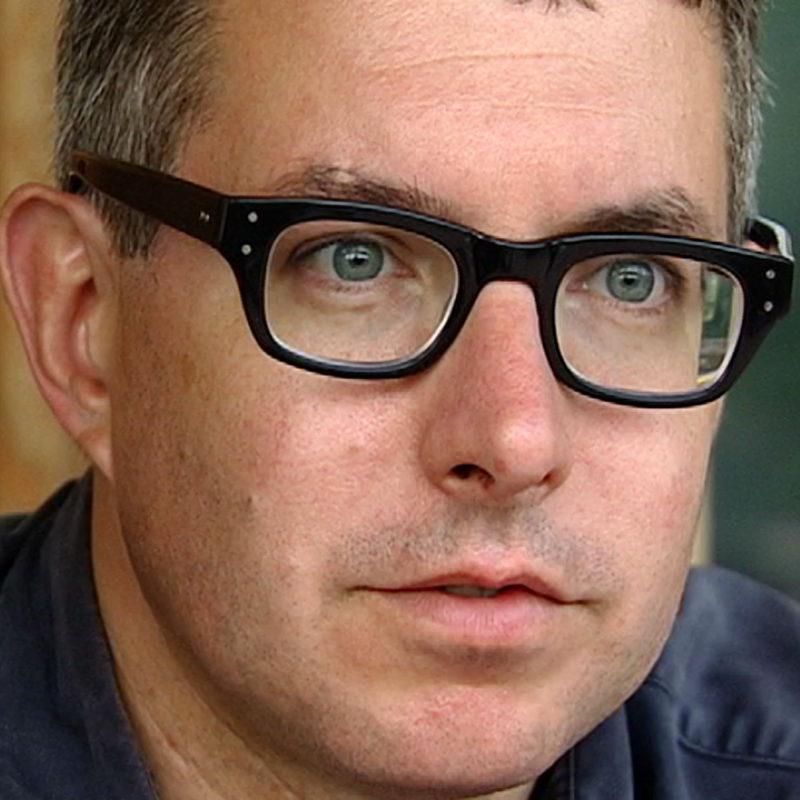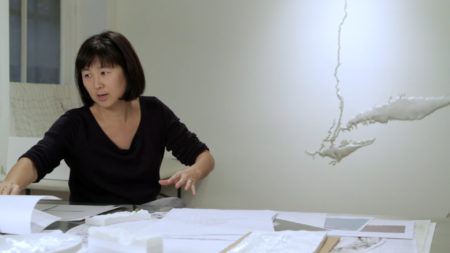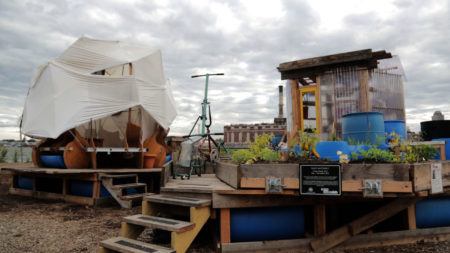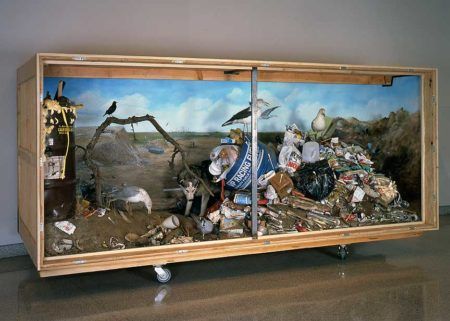Continue playing
(Time remaining: )
Play from beginning
Continue playing "{{ controller.videos[controller.getVideo(controller.currentVideo)].segmentParentTitle}}"
{{controller.videos[controller.getVideo(controller.currentVideo)].title}} has ended.
MethodologyMark Dion
Just like his artwork, Mark Dion’s artistic practice strays far away from the mold of a traditional studio artist. From his Pennsylvania home and studio, Dion describes how he began his unconventional artistic process. “When I’m starting a new project, I tend to adhere to a particular kind of methodology,” says the artist. “I’m not really very much a studio-oriented kind of person, I like to make things on-site.”
To those who are familiar with the grandiosity of Dion’s work, it is unsurprising to discover that the artist’s simultaneously analytical yet imaginative ecologically-inspired artworks begin with physical tinkering outdoors, rather than sketching in a confined studio space. “I bring with me, my sort of suitcase of ideas and the history of my work and concerns, and I begin to sort of come up with ideas,” says Dion. “I try to insert myself into the specific social history of the place.”
From there, Dion investigates the ways in which public institutions and dominant ideologies influence our understanding of history, knowledge, and the natural world. The artist’s marvelous and often fantastical Curiosity Cabinets, modeled on the German Wunderkabinetts of the sixteenth century, eulogize unexpected orderings of objects and natural specimens. By locating the roots of environmental politics and public policy in the construction of knowledge about nature, Dion questions the authoritative role of the scientific voice in contemporary society through his sculptures and living installations.
Credits
Producer: Susan Sollins & Nick Ravich. Camera: Joel Shapiro. Sound: Roger Phenix. Editor: Steven Wechsler.
Closed captionsAvailable in English, German, Romanian, Italian, Japanese, Korean, Chinese, Italian
Through the Art21 Translation Project, multilingual audiences from around the globe can contribute translations, making Art21 films more accessible worldwide.
Interested in showing this film in an exhibition or public screening? To license this video please visit Licensing & Reproduction.
Mark Dion’s work examines the ways in which dominant ideologies and public institutions shape our understanding of history, knowledge, and the natural world. Appropriating archaeological and other scientific methods of collecting, ordering, and exhibiting objects, Dion creates works that question the distinctions between “objective” (“rational”) scientific methods and “subjective” (“irrational”) influences. By locating the roots of environmental politics and public policy in the construction of knowledge about nature, Mark Dion questions the authoritative role of the scientific voice in contemporary society.
“I try to insert myself into the specific social history of the place.”
Mark Dion
On the Environment
Maya Lin
Artwork Survey: 2000s
Mark Dion
Mark Dion
